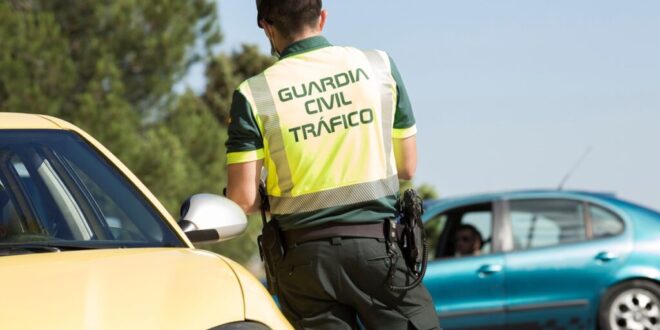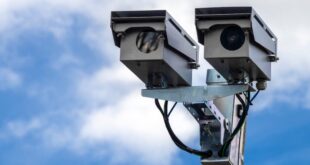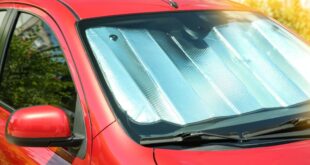A Guardia Civil Tráfico officer checks a driver during a roadside stop in Spain—a common scene for motorists who may later need to pay a traffic fine.
Credit : Juan Carlos L. Ruiz, Shutterstock
Nobody likes receiving a traffic ticket in the mail. You’re happy to sort through your usual bills and flyers, but then you get a letter in the mail from the DGT, Spain’s traffic authority, telling you that you were caught doing something wrong on the road.
We all experience it. What’s the most important part? Don’t panic. Don’t panic. In Spain, sorting your fine at a cashpoint (ATM) is easier than you might think—and you can even bag a decent discount if you act quickly.
We’ll walk you through the process, step-by-step, and provide all the useful information you wish someone would have told you at the beginning.
Step 1 – Find the right cashpoint. It’s almost always CaixaBank.
First of all, not all bank ATMs in Spain are able to handle traffic fines. Forget popping into any old cash machine—what you need is a CaixaBank ATM. This is the only bank to work with DGT on this type of event.
Find the CaixaBank blue and white logo. You can find the logo in small towns on the main street or at the market. Not sure where to find one? Try their website’s branch locator or ask a local—they’ll point you in the right direction.
Step 2: Bring your fine card and fine with you
Bring along any paperwork you’ve received by mail. It will have a number of things written on it.
- A “file number” or “expediente”, usually located at the top.
- Barcodes are not always necessary
- You owe a certain amount
- Deadlines for that important discount
You’ll also need your debit or credit cards.
Step 3: Using the ATM—It’s simpler than you think
What to do when you reach the cash point:
- Insert your card and enter the PIN
There’s nothing to be surprised about. - Look for the ‘Pagos’ (Payments) section
Tap “Pagos,” ‘Impuestos,” o ‘Multas. You can switch languages if you get stuck by tapping the little British flag at the corner. - Details are important
- Scan your barcode if it is on the fine using the ATM scanner.
- No barcode? Don’t stress. The expediente number is on your fine letter.
- Double-check the pop-up message
The ATM will show your name and the amount. If anything looks odd, cancel and start again—better safe than sorry. - Pay using your card (or with cash if the ATM permits)
Card is usually the easiest. Pick the one that best suits you. - Retain your receipt
Do not throw it away! This is your proof that you have paid. You’ll need this if anything goes wrong.
Here’s how to get a 50% discount.
Discounts are available for paying fines quickly in Spain. If you pay your fine within 20 days, you will only be charged half. Yes, that’s right! The ATM will automatically apply the discount if you’re within the time frame—no need to ask.
Don’t wait too long to pay the amount due.
People who have visited the area can provide you with some extra tips
- If you have the fine number, anyone can pay your fine on your behalf. This is useful if you’re away from home.
- Check where the fine came from. Payment may differ if the DGT is not your local council or autonomous region.
- Ask inside the branch if you are unsure if your ATM accepts fines. The majority of bank staff is used to dealing with these.
- Lost your fine letter? The DGT has an online portal where you can look up fines—worth checking if you think something’s missing.
- No CaixaBank nearby? Paying online is the most common way to pay. You can also pay at Correos, the post office or certain other banks (like Santander and Sabadell) in person.
The bottom line: Paying traffic fines in Spain—Quick, simple, and worth the discount
It’s not fun to deal with a Spanish traffic fine, but it’s also not a nightmare. Bring your paperwork and your card to a CaixaBank’s ATM and follow the instructions. You can pay only half if you act quickly. Always keep your receipt.
So next time the postman brings bad news, don’t stress—handle it like a pro and get back to enjoying the Spanish sunshine.
Got more Spain questions? Stick around—we’re full of handy guides to life on the Iberian Peninsula!
 Costa News Spain Breaking News | English News in Spain.
Costa News Spain Breaking News | English News in Spain.





